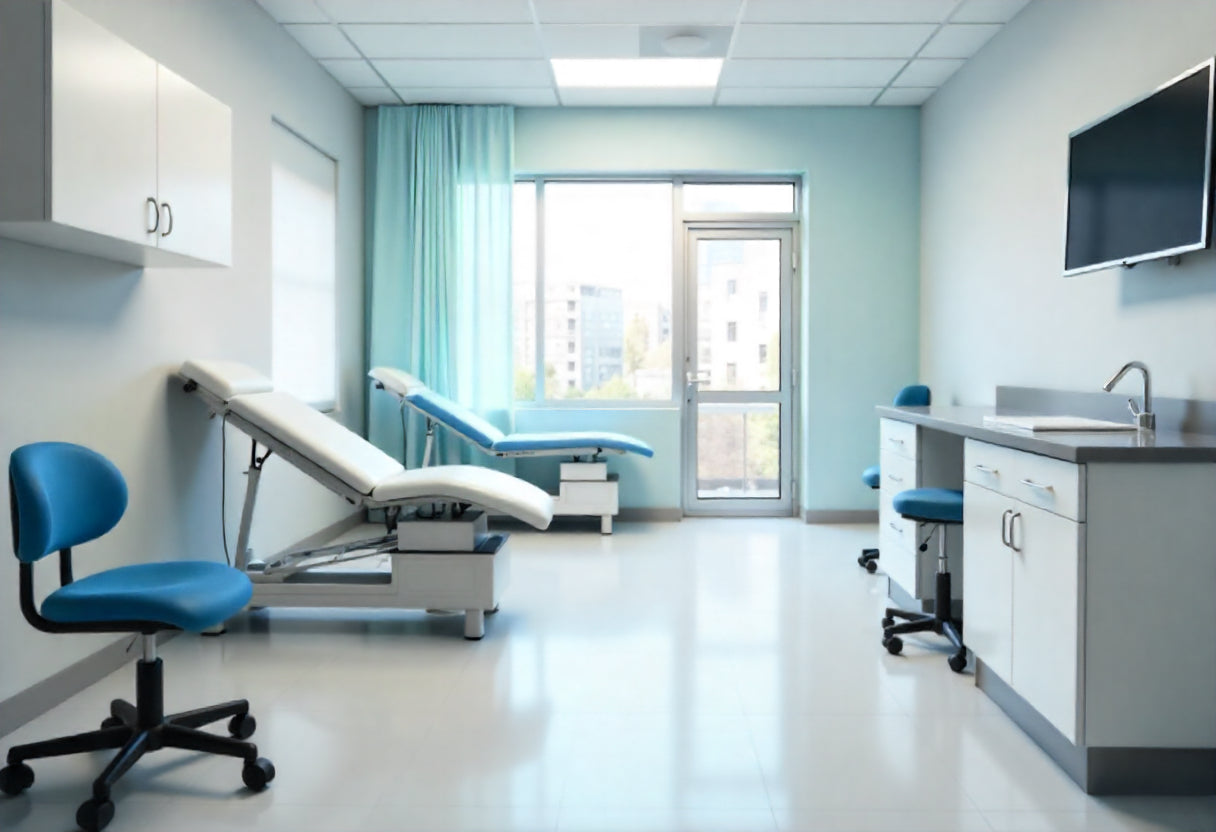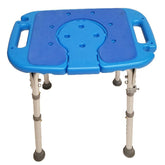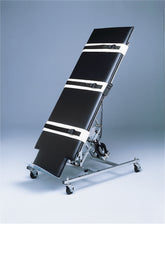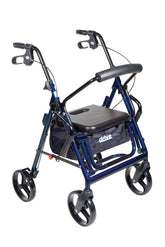
The Top 5 Pitfalls to Avoid When Choosing the Right Medical Furniture
Choosing medical furniture might not sound exciting, but anyone who works in healthcare knows it’s more important than it seems. The right chairs, tables, and workstations can make your day easier, help your patients feel cared for, and keep your clinic running smoothly. Pick the wrong ones, and you’re left with frustrated staff, uncomfortable patients, and furniture that doesn’t last.
If you’ve ever wondered why some clinics feel effortless while others feel chaotic, a lot of it comes down to furniture. Here are the top five pitfalls to avoid when choosing the right medical furniture and simple ways to make sure your choices actually work.
1. Ignoring Staff Comfort
There is no doubt in saying that healthcare is physically demanding. Staff spend hours standing, moving between patients, leaning over exam tables, or sitting at workstations. Furniture that is uncomfortable or poorly designed increases fatigue, causes back or neck strain, and can even lead to long-term health issues.
When selecting furniture, consider how your team interacts with it daily. Adjustable stools, supportive chairs, and work surfaces at the correct height can make a big difference. Even small features like cushioned armrests, smooth-moving wheels, or footrests improve day-to-day comfort.
Prioritizing staff comfort is not a luxury, but it’s essential. Comfortable staff work more efficiently, make fewer mistakes, and feel better at the end of the day. This translates into better patient care, smoother workflows, and reduced staff turnover.
2. Overlooking Hygiene and Infection Control
Hygiene is among the elements that cannot be negotiated within a healthcare setting. Furniture that is not easy to clean, that is easily stained, or that contains materials that carry germs may be a source of contamination. This is particularly important in congested settings such as waiting, treatment, and patient wards.
When selecting the correct medical furniture, one should pay more attention to those materials that will be easily cleaned and disinfected every day. Having smooth surfaces, antimicrobial coatings, and seamless finishes helps with maintenance and limits the bacteria buildup. Cushions and armrests need to be wipeable and durable to cleaning chemicals.
Investing in hygienically designed furniture not only safeguards patients and staff but also saves on long-term investment. It helps to keep your clinic to high standards of cleanness and develops the image of a professional clinic that inspires trust in patients.
3. Focusing Only on Price
Cost is always an element you have to consider, but making decisions mainly on the cost is wrong. Inexpensive furniture is prone to wear out, lacks safety standards, and even requires repair more frequently. This can be more costly than investing in quality items initially.
When purchasing medical furniture, focus on cost, durability, and functionality. Seek high-quality materials and constructions, and designs that will be used in heavy, daily use. Combined furniture, like adjustable treatment chairs, storage units that have workplace surfaces built-in, helps save space and prevents the requirement of more than one product.
It is better to spend some extra money on better furniture that is going to last longer. It keeps your workflow consistent, your staff and patients comfortable, and reduces lost time waiting for a broken or inefficient piece.
4. Neglecting Patient Comfort and Accessibility
Patient comfort and accessibility cannot be an afterthought. Uncomfortable furniture, inaccessible furniture, or that which is not designed with different mobility abilities in mind can make a visit stressful, particularly for older patients, children, or individuals with disabilities.
In a proper selection of medical furniture, consider accessibility and support. Chairs with firm frames, cushioned seats, and armrests are simpler and more convenient to use by the patient. Adjustable tables and examination chairs give staff the opportunity to place patients at carefully measured levels.
Waiting rooms must be addressed as well. Seating must be free to enter and leave, and made accessible to wheelchairs or any walkers, and they should not be overly crowded. Furniture that promotes patient comfort demonstrates that your clinic cares about the experiences of the patient as a whole, fosters trust, and motivates repetition of visits.
5. Failing to Plan for Space and Layout
Even the best, most comfortable furniture will create problems when it does not suit the space. Overcrowded rooms, blocked pathways, or strange arrangements can compromise efficiency, increase the risk of injuries, and aggravate the personnel and patients.
Evaluate your spaces well before you buy furniture. Planning of layouts that will enable the staff to move freely, patients to access services easily, as well as place enough space that is required by the specific equipment. Modular or multi-purpose furniture can be very convenient. It is flexible in changing demands, such as when your clinic adds more services, grows, or has changes in equipment.
A properly laid out layout also helps to tackle emergency situations. Cleared pathways and well-organized spaces would aid staff in responding faster and more effectively, making the environment safer for all. Careful planning in space is as essential as the furnishing.
Quick Tips for Choosing the Right Medical Furniture
Test prior to purchase: Sit, adjust, and check usability.
Include your employees: They can give first-hand, practical information.
Focus on durability and hygiene: Select materials that are robust and which are easy to clean.
Make it long-term: Better piece now = time and money later.
Consider your floor plan: Ensure that the dimensions of furniture suit the room and facilitate an adequate workflow.
Final Thoughts
Choosing medical furniture goes beyond fitting into the room. It influences the level of patient care as well as staff productivity and mood. Focusing on price, neglecting patient comfort, poor spatial planning, poor hygiene, overlooking staff comfort, and a lack of patient comfort are counterproductive and self-defeating and will limit smart choices relating to furniture selection.
Smart furniture choice optimizes work processes, limits stress, and increases the patient experience. It’s an investment in your staff, your patients, and your clinic’s long-term successes. The right equipment enables your staff to work effectively, make your patients feel at home, and keep your facility working smoothly day in and day out.
It is worth taking time to make considered, informed decisions now, as it will lead to an improved working experience, more satisfied patients, and a more professional and working clinic in general. In the case of medical furniture, a good decision makes all the difference.





